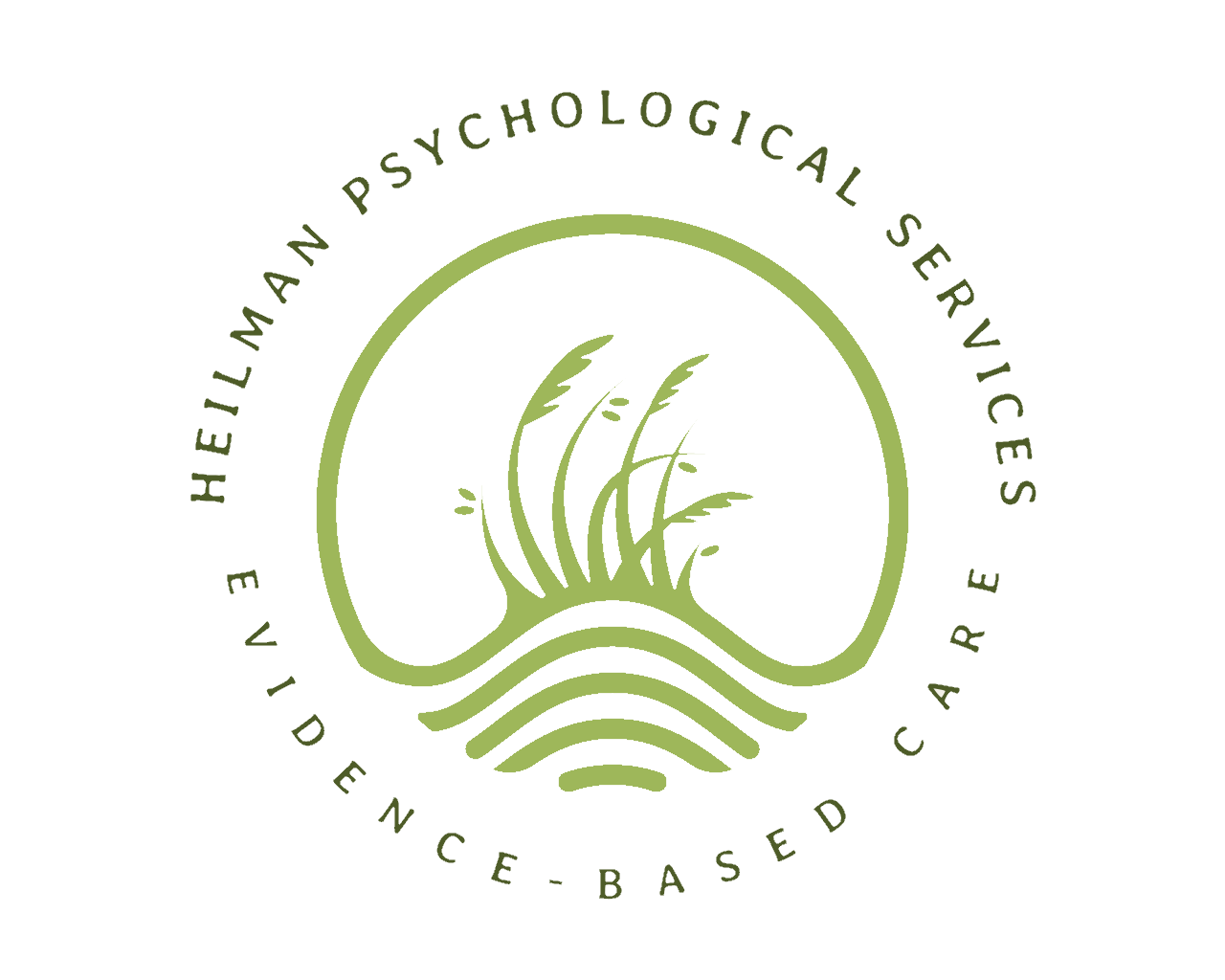The Role of Safety Behaviors in Anxiety
What is Anxiety?
Anxiety is an emotion characterized by worry and a sense of dread or danger. It is often accompanied by physical symptoms such as muscle tension or a racing heart. Anxiety can help us to take action if we need to get out of a dangerous situation. In small amounts, it can help improve our performance as well as keep us alert and motivated for the task at hand.
How do safety behaviors affect the cycle of anxiety?
For individuals who experience anxiety that interferes with their life and daily functioning, part of the issue pertains to behaviors they use to try to feel safe. We refer to these as “safety behaviors.” In the context of OCD, safety behaviors are also referred to as compulsions or rituals. The cycle of anxiety involves a trigger, which lead to intrusive thoughts. The individual experiences anxiety in response to these intrusive thoughts and then engages in a safety behavior to try to relieve the anxiety. If an individual continues to engage in safety behaviors, it will result in higher levels of anxiety and the cycle will continue. Exposure and response prevention (ERP) is a strategy that helps to disrupt this cycle. It is considered the “gold standard” treatment for OCD. It can also be used to effectively treat other types of anxiety, including generalized anxiety, social anxiety, and phobias. Exposures involve gradually introducing individuals to feared thoughts or situations. Response prevention pertains to identifying and eliminating safety behaviors.
Examples of safety behaviors
Individuals with generalized anxiety struggle with excessive worry and difficulty controlling the worry. They tend to think of worst-case scenarios involving everyday life concerns such as financial problems, job stressors, and relationship concerns. Safety behaviors may include avoidance of situations perceived as stressful, seeking reassurance from loved ones, or rumination about potential negative outcomes.
For those who struggle with social anxiety, they are likely to avoid social situations that provoke anxiety such as parties, dating, or giving a presentation. Avoidance can also include more subtle behaviors (i.e. staring at a cell phone during a party or avoiding eye contact during a speech).
OCD can manifest into many different types of fears. A few examples include fear of contamination, illness, or accidentally harming self or others. Individuals who fear contamination may avoid touching common surfaces with their bare hands. If someone with OCD fears they will accidentally hit someone with their car, they may avoid driving and take public transportation instead.
How do safety behaviors worsen anxiety?
While safety behaviors may provide temporary relief, they tend to worsen anxiety in the long-term. There are many reasons for this. Using safety behaviors prevents us from learning important information about feared situations. If someone with a fear of public speaking avoids giving presentations, they never get the opportunity to learn they could probably handle it. Additionally, it strengthens the brain’s belief that feared situations are dangerous. As a result, the anxiety symptoms increase over time. Engaging in safety behaviors may also create self-fulfilling prophecies. If an individual with excessive worries about their finances avoids creating a budget, they may worsen their financial situation as a result. Consequently, they may strengthen the belief that they are incapable of managing their finances. For these reasons, a significant part of anxiety treatment involves response prevention. Early in treatment, clients are educated on safety behaviors. Together, we work to create a plan to identify them and eliminate them over time.
Distinguishing safety behaviors from healthy responses
Sometimes it can be difficult to recognize when we are using safety behaviors. Daily showering, washing hands, and wearing seat belts are examples of healthy adaptive responses. Often, response prevention planning requires setting limits on certain behaviors rather than eliminating them completely. This is the case for a behavior such as handwashing. Common limits for handwashing include washing hands after using the restroom, before eating, and when an actual substance, such as something sticky is on the hands. Time limits on handwashing may also be necessary. Additionally, I encourage clients to consider their motive for engaging in certain behaviors. If someone wears earbuds when grocery shopping, simply because they enjoy listening to the music, this is quite different from someone who wears them to avoid social interactions.
Recognizing and eliminating safety behaviors can be one of the most challenging parts of engaging in ERP. As a result, it is typical to spend quite a bit of time in therapy uncovering safety behaviors and working together to decrease or eliminate them. Clients who consistently work to recognize and eliminate their safety behaviors can be very successful in managing their anxiety. My hope is for clients to leave therapy feeling empowered and equipped with the tools necessary to break their cycle of anxiety.
If you or someone you know is struggling with OCD or anxiety, feel free to contact me at 630-570-0095 or email at drpamheilman@heilmanps.com.
If you experience a life-threatening emergency or become concerned about the ability to keep yourself or others safe, visit your nearest emergency room or call 9-1-1. If you are experiencing suicidal thoughts, you may call the Suicide Prevention Hotline at 9-8-8 to talk to a trained professional.
The content on this website is meant for informational purposes only and is not intended to take the place of mental health diagnosis and treatment. All information is provided on an "as is" basis. Heilman Psychological Services, PLLC does not assume responsibility or liability for any errors or omissions that may occur.
